
The pursuit of understanding our origins is a fundamental human endeavor, a quest that continuously pushes the boundaries of archaeological exploration. Recent groundbreaking discoveries across the globe are not merely unearthing ancient stones and artifacts; they are fundamentally reshaping our perceptions of early human civilizations, offering tantalizing glimpses into the complex lives of our ancestors. These sites, from the nascent settlements of the Neolithic era to structures that predate even the most rudimentary forms of agriculture, serve as powerful testaments to human ingenuity, resilience, and adaptability. They illustrate profound shifts in human history, charting the journey from nomadic hunter-gatherer existences to the foundational elements of settled communities, sophisticated urban planning, and intricate social structures.
Every shovel of earth turned, every radiocarbon date confirmed, brings with it a story untold, a piece of a vast historical puzzle. What was once considered established knowledge about the timelines and capabilities of ancient peoples is now being re-evaluated, often dramatically. The sheer scale and unexpected sophistication of some of these recently uncovered settlements, as well as the immense antiquity of others, are providing archaeologists with what they call “game changers” – moments that drastically shift our understanding of pivotal eras in human development. They reveal a world far more vibrant and interconnected than previously imagined, even in the deepest recesses of prehistory.
From the obsidian-rich lands of Türkiye to the sprawling, newly discovered cities near Jerusalem and the submerged secrets off the Israeli coast, these sites offer an unprecedented look into the architectural prowess, economic practices, spiritual beliefs, and daily lives of those who came before us. This journey into the deep past begins with some of the most exciting recent finds, then delves into the truly ancient, providing a panoramic view of human endeavor and the enduring mysteries that continue to captivate researchers and enthusiasts alike.
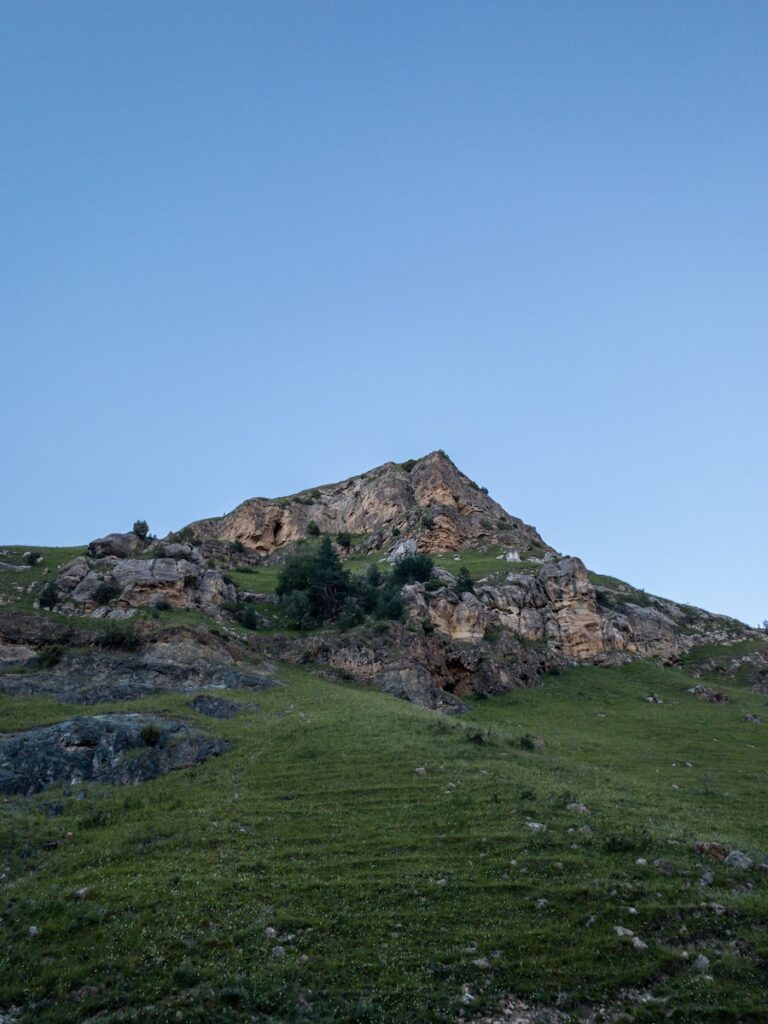
1. **Sırçalıtepe Mound, Türkiye: A 9,300-Year-Old Obsidian Hub**In Türkiye’s central Niğde province, archaeologists conducting recent excavations at Sırçalıtepe Mound (Sırçalıtepe Höyük) have unearthed the remarkable traces of a permanent settlement dating back at least 9,300 years. Head of the Excavation Team, Associate Professor Semra Balcı, highlighted the mound’s strategic location in the volcanic Cappadocia region, notably close to vital obsidian sources. This proximity is key, positioning Sırçalıtepe as the nearest known site to the Göllüdağ and Nenezi Dağ obsidian sources in the area.
The initial surveys in 2016 immediately drew the team’s attention to the extensive obsidian processing areas, alongside a wealth of bone and ground stone tools. These early indicators hinted at the site’s importance as a center for material culture and trade. This year’s excavation season further solidified these findings, with Balcı’s team from Istanbul University discovering not only bone and obsidian tools for daily life but also beads and other objects likely used for ornamental purposes, suggesting a thriving community with a sense of aesthetics.
Crucially, Balcı noted that two samples found at Sırçalıtepe have been radiocarbon dated, placing their age between 9,600 and 9,300 years old. An especially significant aspect of this discovery is that “no other site has so far been excavated with an obsidian working area and settlement together.” This unique combination offers invaluable insights into the direct relationship between resource extraction, specialized craftsmanship, and daily life in a single ancient community. Architectural relics such as mudbrick walls, lime-plastered floors, and substantial ovens further confirm the sedentary nature of this settlement, while portable XRF analyses on obsidian artifacts have revealed that the inhabitants utilized sources from Acıgöl, Nenezi Dağ, and Göllüdağ, illustrating sophisticated resource management and potentially trade networks.
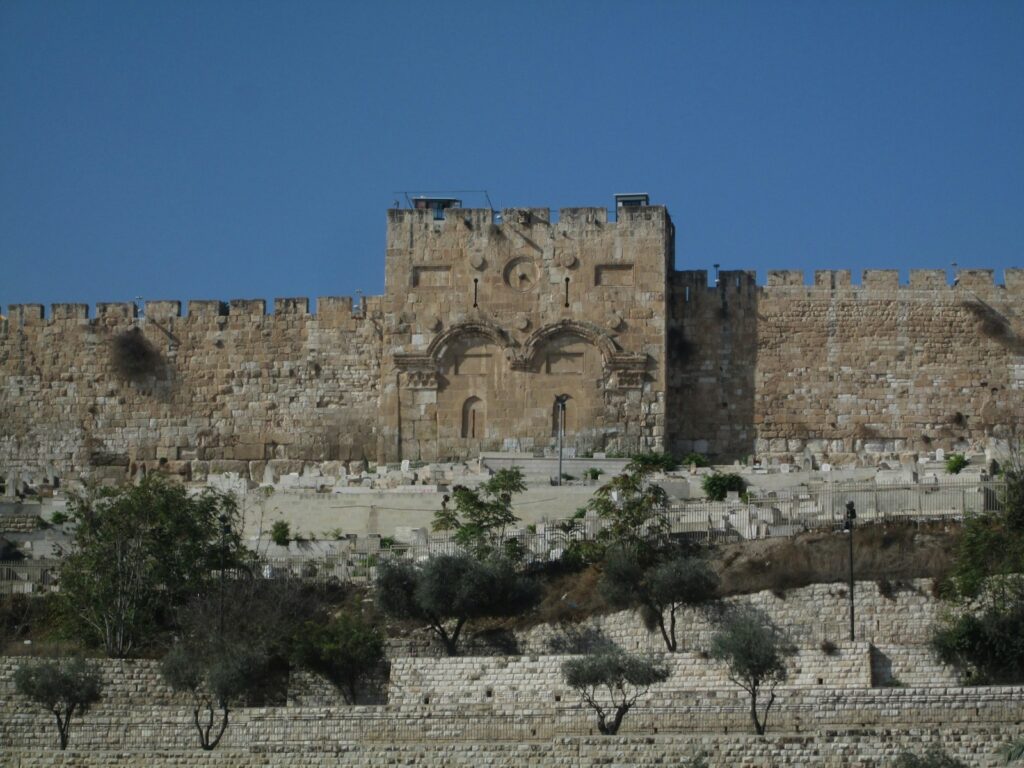
2. **Motza, near Jerusalem: A Neolithic Metropolis of 9,000 Years Past**Near the modern city of Jerusalem, an expansive 9,000-year-old Neolithic settlement has been uncovered, dramatically challenging previous assumptions about the region’s prehistoric human habitation. Described by archaeologists as a “game changer,” this site near the Israeli town of Motza was saved from oblivion when builders surveyed the area for a planned highway. The sheer scale of the settlement, spanning between 30 and 40 hectares – a tenth of a square mile – suggests it may have been home to 2,000 to 3,000 people, a population density that parallels a present-day city, making it the largest excavation of this time period in the Middle East.
Co-director of the Motza excavations, Jacob Vardi, eloquently stated that this discovery provides archaeologists with their “Big Bang” moment for this stage of human history. “It’s a game changer, a site that will drastically shift what we know about the Neolithic era,” he said. The wealth of material recovered includes sizable buildings, clearly defined alleyways, and even burial plots, indicating an unexpectedly advanced level of urban planning for its time. Public facilities and areas designated for rituals, some with elaborate plaster floors, further underscore the sophistication of this ancient community.
The economic life of Motza was equally revealing. Storage sheds contained miraculously well-preserved lentil seeds and legumes, offering “evidence of an intensive practice of agriculture.” While thousands of arrowheads and animal remains indicated that hunting still played a role, the inhabitants were becoming increasingly specialized in sheep-keeping, marking a clear transition from a purely hunter-gatherer lifestyle to an agro-pastoral one. Evidence of domesticated goats, cows, and pigs, alongside trade goods like obsidian beads from Turkey and seashells from the Red Sea, paints a picture of a vibrant, interconnected economy that extended far beyond its immediate freshwater springs.

3. **Atlit Yam, Israel: The Submerged Secrets of a 9,000-Year-Old Village**Off the coast of Atlit village in Israel, beneath the serene waters of the Mediterranean Sea, lies the remarkably preserved Neolithic settlement of Atlit Yam. Dating back to the 7th millennium BC, approximately 9,000 years ago, this submerged site is one of the oldest and largest ever found. Its extraordinary preservation, courtesy of the sandy seabed, has left structures like a mysterious stone circle standing intact, and dozens of human skeletons undisturbed in their ancient graves, offering an unparalleled window into early human life.
First discovered in 1984 by marine archaeologist Ehud Galili, Atlit Yam spans an impressive 40,000 square meters, lying between 8 to 12 meters below sea level. Underwater excavations have meticulously unearthed houses, stone-built water wells, ritual installations, and stone-paved areas. At the heart of the settlement, seven megaliths, standing 1.0 to 2.1 meters high and weighing up to 600 kilograms, are arranged in a semicircle. These stones, adorned with cup marks, were once positioned around a freshwater spring, strongly suggesting their use in ancient water rituals, highlighting a deep spiritual connection to this vital resource.
The archaeological findings at Atlit Yam provide the earliest known evidence for an agro-pastoral-marine subsistence system on the Levantine coast. Traces of over 100 plant species, bones of wild and domesticated animals—including sheep, goats, pigs, dogs, and cattle—indicate a diverse economy blending farming and animal husbandry. Furthermore, over 6,000 fish bones and evidence of an ear condition in human remains, caused by regular exposure to cold water, confirm that fishing was a crucial part of their society. This site also holds the somber distinction of revealing the earliest known cases of tuberculosis, found in the skeletons of a woman and child, providing profound insights into ancient health challenges. The ultimate fate of Atlit Yam remains a debate, with theories ranging from a catastrophic tsunami caused by Mount Etna to a gradual inundation due to rising sea levels from climate change, but its unique preservation continues to yield priceless data.

4. **Tell es-Sultan (Jericho), West Bank: The Oldest Town on Earth**Tell es-Sultan, the ancient mound that forms the oldest part of Jericho in the West Bank, proudly holds the title of the oldest continuously inhabited town on Earth, with origins stretching back over 10,000 years, to around 9000 BCE. This site represents a crucial milestone in human history, illustrating one of the earliest transitions from temporary encampments to permanent settlement. Early hunter-gatherers, drawn by the fertile oasis, began to settle here, gradually fortifying and expanding their community.
By 7000 BCE, Jericho had transformed into a large, fortified town, a testament to its inhabitants’ advanced organizational skills and communal effort. It was during this period that the famed Wall and Tower of Jericho were constructed, impressive structures designed to protect the burgeoning settlement. These defensive works underscore the early complexities of urban living, including the need for security and collective labor.
The first systematic excavations at Tell es-Sultan commenced in 1868, followed by numerous successive archaeological campaigns that continue to this day. These digs have uncovered a wealth of information, including flint tools and the remains of mudbrick houses, providing tangible evidence of the daily lives and technologies of these early town dwellers. Currently, Tell es-Sultan is on UNESCO’s tentative list, actively seeking protected World Heritage Site status, a recognition it truly deserves for its unparalleled historical significance.
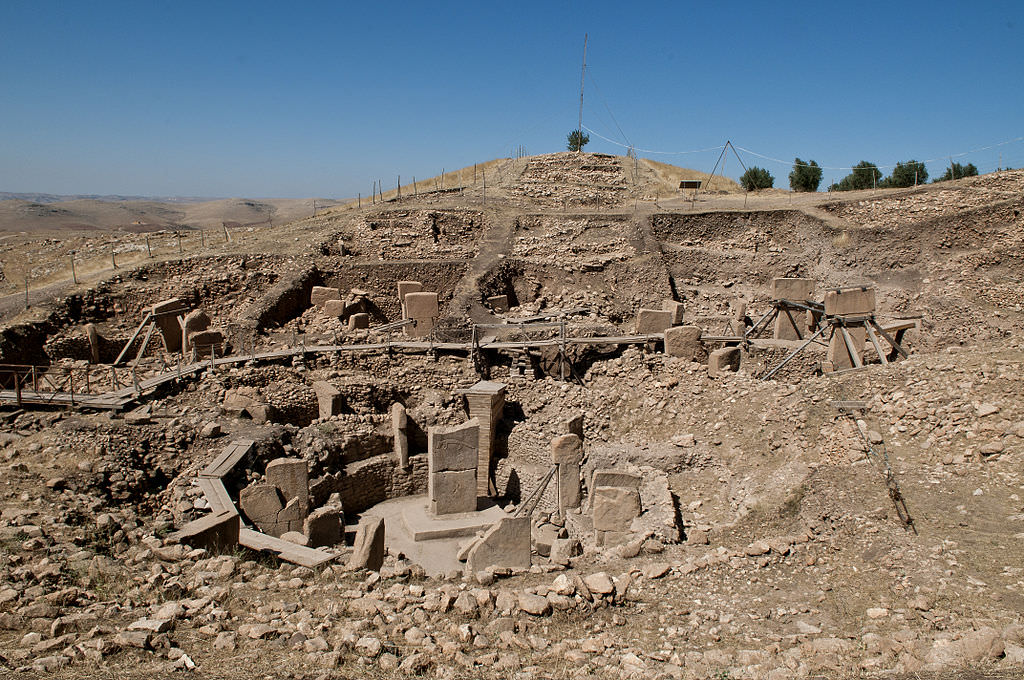
5. **Göbekli Tepe, Türkiye: The World’s Oldest Temple**In the Southeastern Anatolia Region of Turkey, nestled amidst ancient landscapes, lies Göbekli Tepe, a site that has profoundly reshaped our understanding of early human civilization. Dating back over 11,000 years, to around 9600 BCE, it is widely recognized as the location of the world’s oldest known temple. Its discovery in 1963 initially led anthropologists to dismiss the broken limestone slabs as mere gravestones, an abandoned medieval cemetery, a perception that tragically overlooked its true, astonishing significance.
The site’s fate changed dramatically in 1994 when German archaeologist Klaus Schmidt rediscovered Göbekli Tepe. Schmidt immediately recognized the monumental nature of the site, realizing it was far more than previously assumed. He dedicated his life to leading the excavation team until his death in 2014, firmly believing that Göbekli Tepe represented a very early Neolithic temple. This belief has since been overwhelmingly supported by subsequent research and archaeological consensus, cementing its status as a site of unparalleled importance.
Göbekli Tepe predates the advent of settled agriculture, challenging long-held theories that monumental architecture and organized religion only emerged after communities had established stable food sources. Its massive T-shaped pillars, intricately carved with animals and abstract symbols, suggest a complex symbolic world and advanced social organization among pre-agricultural hunter-gatherers. In 2018, Göbekli Tepe was rightfully designated a UNESCO World Heritage Site, ensuring its preservation and continued study as a cornerstone of human cultural development.
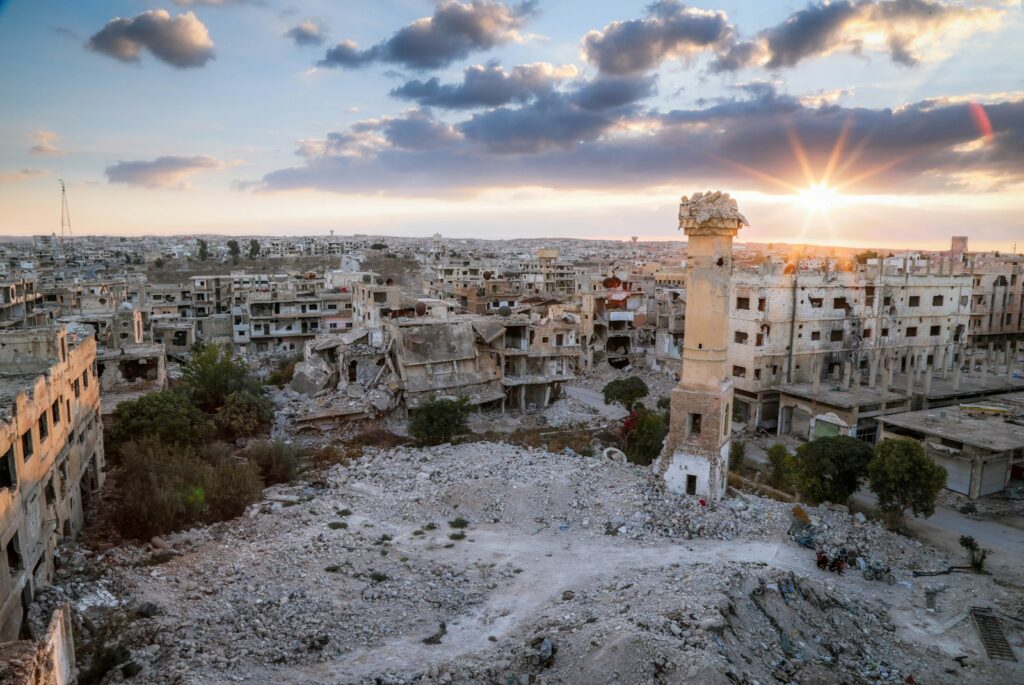
6. **Tell Qaramel, Syria: Home to the World’s Oldest Towers**Tell Qaramel, situated in Syria’s Aleppo Governate, presents another astonishing glimpse into the dawn of human settlement, with archaeological evidence suggesting its existence between 10,900 to 8800 BCE, and even newer research hinting at an even greater age, pushing it back over 12,000 years. Although initial evidence of the site was discovered in the late 1970s, extensive excavation did not commence until 1999, patiently revealing its remarkable secrets to the modern world.
These excavations have brought to light a wealth of artifacts, including flint, bone, and various stone objects such as limestone vessels and decorated chlorite, painting a vivid picture of the material culture of its inhabitants. However, the most extraordinary features of Tell Qaramel are its several round towers. The oldest of these structures dates to approximately 10,650 BCE, earning them the distinction of being the oldest known towers in the world.
These ancient towers at Tell Qaramel significantly predate the famed Tower of Jericho by several centuries, forcing a reassessment of early architectural capabilities and defensive strategies in the Neolithic period. Their construction suggests a highly organized community capable of sophisticated engineering and communal labor, capabilities previously thought to have emerged much later in human history. Tell Qaramel stands as a testament to the advanced planning and ingenuity of these ancient Syrian communities.
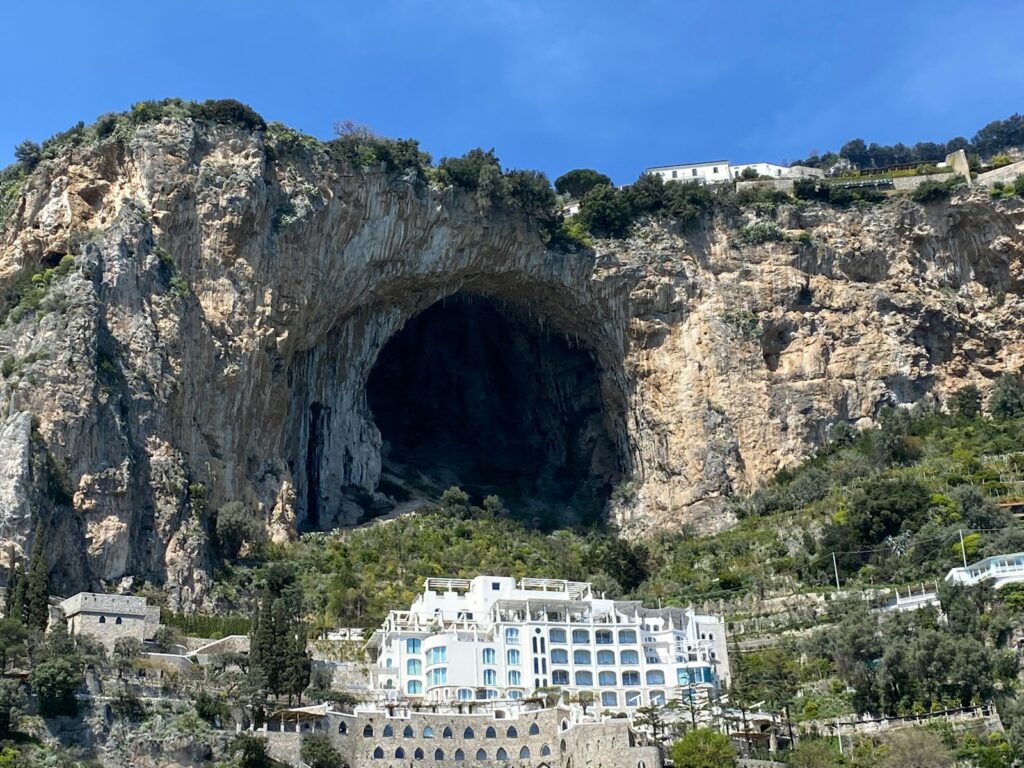
7. **Theopetra Cave, Greece: Europe’s Earliest Human-Made Structure**Journeying back even further in time, to an era that truly stretches the imagination, we arrive at Theopetra Cave in Thessaly, Greece. In 2012, after decades of dedicated research and excavation, archaeologists made a profound announcement: humans were living in Theopetra Cave over 135,000 years ago, establishing it as the oldest archaeological site in the world with continuous human occupation. This discovery dramatically extends our timeline for human presence in Europe.
The research team, led by Ν. Kyparissi-Apostolika, initially estimated human occupation in the cave to at least 50,000 years ago. However, the discovery of children’s footprints provided undeniable evidence that pushed back Theopetra’s use by over 80,000 years, unveiling an astonishing depth of human history at this single location. These tiny footprints offer a poignant, tangible connection to individuals who lived in the cave during the Middle Palaeolithic period.
Theopetra Cave is a veritable treasure trove, yielding artifacts from the Palaeolithic, Mesolithic, and Neolithic periods, providing a rare continuous record of human cultural evolution. Among its most astounding features is a 23,000-year-old wall, which is widely considered one of the oldest known man-made structures in the world. This wall was most likely constructed to shield the cave’s early residents from harsh, cold winds, serving as a testament to early human ingenuity in adapting their environment for survival and comfort during the last Ice Age. Its existence challenges perceptions of when and how humans began to modify their surroundings for practical purposes.” , “_words_section1”: “1940
Continuing our profound exploration into the echoes of ancient humanity, we now journey from the foundations of early settlements and structures to the vibrant canvas of prehistoric art. These extraordinary sites, stretching across continents from the limestone caves of Europe to the sun-baked rocks of Australia, offer an unparalleled window into the creative minds, symbolic worlds, and daily lives of our distant ancestors. They speak volumes about humanity’s innate desire to express, to document, and to imbue their surroundings with meaning, long before the advent of written language or complex urban centers. Our expedition now ventures into the heart of the artistic legacy that predates even the most ancient of our established civilizations, revealing the sheer antiquity and sophistication of human artistic expression.

8. **Cave of El Castillo, Spain: Europe’s Oldest Known Cave Paintings**Deep within the Caves of Monte Castillo in Puente Viesgo, Cantabria, Spain, lies the magnificent Cave of El Castillo, a site of paramount importance in understanding the very dawn of human artistic expression. First discovered in 1903 by H. Alcalde del Río, this cave is renowned for harboring the world’s oldest known cave paintings. Its discovery immediately marked it as a significant archaeological treasure, and it has since been the subject of extensive research, continuously yielding invaluable insights into the minds of Paleolithic artists.
These remarkable paintings, which adorn the ancient rock faces, have been radiocarbon dated to over 40,800 years old. A reanalysis conducted in 2012 dramatically pushed back their estimated age, reshaping our understanding of the timeline for such sophisticated art. This new dating places El Castillo’s art firmly in an era that challenges previous assumptions about which hominin species were capable of such creative feats, suggesting a potential shift in the authorship of these ancient masterpieces.
Indeed, the startling antiquity of these works has led some researchers to hypothesize that these earliest expressions of art may have been created by Neanderthals, rather than solely by early modern humans as traditionally believed. While this groundbreaking theory requires further substantiation and more evidence, it opens up fascinating new avenues for understanding the cognitive and creative capacities of our ancient relatives. El Castillo thus stands as a crucial pivot in the ongoing narrative of human cultural development, inviting us to reconsider the very definition of artistic origin.

9. **Chauvet Cave, France: A Masterpiece of Paleolithic Art**Venturing into the Ardèche region of France, we encounter the awe-inspiring Chauvet Cave, an indispensable site for the study of prehistoric art globally. Since its discovery in 1994, this cave has been celebrated for housing some of the most beautifully preserved and compelling cave paintings ever found. The artistry displayed within Chauvet is breathtaking, with vivid depictions of animals that include majestic rhinos, powerful lions, and graceful deer, all rendered with an astonishing sense of movement and detail that captures the essence of the ancient European fauna.
The age of the human occupation at Chauvet Cave has been a subject of intense scientific scrutiny and debate, but recent research has definitively placed its earliest human presence and artistic activity around 36,000 years ago. This makes it one of the oldest decorated caves in the world, showcasing a remarkable burst of creativity from the Upper Paleolithic period. Further archaeological evidence also points to a second distinct period of human use within the cave, extending between 31,000 to 28,000 years ago, a sustained engagement with this sacred artistic space for thousands of years.
Recognizing the unparalleled fragility and immense scientific value of Chauvet Cave and its exquisite paintings, authorities made the critical decision to seal it off from the public shortly after its initial discovery in 1994. This protective measure ensures the preservation of this irreplaceable cultural heritage. To allow the wider world to safely marvel at these ancient wonders, a meticulously crafted replica of Chauvet Cave has been created, offering visitors a profound and immersive experience of these ancient paintings, drawings, and engravings without risking damage to the original.
10. **Murujuga, Australia: The World’s Largest Collection of Petroglyphs**On the distant shores of Western Australia, the Burrup Peninsula, known to its traditional owners as Murujuga, stands as a truly sacred place for the Aboriginal people. This ancient landscape is not only deeply significant culturally but also hosts one of the largest and oldest collections of petroglyphs, or engraved rock art, in the entire world. With an estimated million individual works of art etched into its rocks, Murujuga represents an extraordinary open-air gallery, a testament to tens of thousands of years of continuous cultural expression and connection to land.
These captivating petroglyphs date back approximately 30,000 years, offering a profound glimpse into the ancient past of the Australian continent. However, archaeological evidence suggests that Aboriginal people may have inhabited the region for over 50,000 years, indicating an even deeper history of human presence and interaction with this land. The rock art depicts a diverse array of subjects, including several now-extinct species of Australian animals, providing invaluable insights into the environmental changes and biodiversity of this part of Australia over vast expanses of time. These images serve as a vital record, illustrating how the landscape and its inhabitants have evolved.
In recent years, the Murujuga Aboriginal Corporation has been actively pursuing UNESCO World Heritage status for this monumental site. Such recognition would not only protect this irreplaceable cultural treasure on a global scale but also acknowledge the profound historical and artistic contributions of Australia’s Indigenous peoples. Murujuga, with its staggering collection of ancient engravings, continues to be a living library, holding stories and knowledge passed down through countless generations, awaiting further study and appreciation from the wider world.

11. **Cave of Altamira, Spain: A Pivotal Site for Paleolithic Art**Returning to Spain, we encounter the equally significant Cave of Altamira, located in Santillana del Mar, Cantabria. This site is celebrated as one of Spain’s most famous archaeological treasures, yet its journey to recognition was fraught with skepticism. When Altamira was first extensively excavated in 1879, many established scholars initially rejected the authenticity of its stunning cave paintings. Their sophisticated detail and vibrant naturalism were so unlike the comparatively cruder examples found in France at the time that they were deemed too “advanced” to be genuinely prehistoric.
Due to this initial disbelief and professional prejudice, Altamira was largely overlooked and forgotten for many years, its profound artistic and historical value tragically underestimated. It wasn’t until 1902, when similar, equally impressive discoveries began to emerge in other European caves, that the site was revisited and finally accorded the serious academic attention it so richly deserved. This delayed recognition underscored the challenges faced by early archaeologists in interpreting the full capabilities of Paleolithic artists.
For many years, Altamira was open to the public, allowing countless visitors to experience its ancient wonders firsthand. However, in 2002, a distressing problem emerged: mold began to appear on some of the delicate paintings. Researchers quickly determined that the presence of tourists and the use of artificial lighting were causing irreversible damage to these irreplaceable artworks. To protect Altamira for future generations, it was closed to visitors. A partial reopening in 2014 now allows a highly restricted number of five visitors each week, chosen at random through a lottery, to view the cave, provided they wear protective suits, highlighting the immense efforts required to conserve such precious heritage.

12. **Lascaux Cave, France: The Most Famous Prehistoric Art Site**Nestled in Montignac, France, Lascaux Cave, while not boasting the absolute oldest cave paintings in the world, stands as arguably the most famous and extensively studied prehistoric cave painting site. Its discovery in 1940 immediately captivated the imagination of the world, offering a mesmerizing glimpse into the artistic prowess and spiritual beliefs of Ice Age communities. Since then, Lascaux has been a focal point for archaeological and artistic research, continually revealing new dimensions of Paleolithic culture.
The cave’s walls are a breathtaking tapestry of ancient art, covered with an astonishing array of images that include animals, enigmatic human figures, and various symbolic signs. More than 6,000 individual representations of animals populate this subterranean gallery, featuring magnificent depictions of horses, sturdy stags, powerful aurochs, agile ibexes, and formidable bison. The sheer quantity and quality of these artworks provide an unparalleled record of the fauna that roamed Europe thousands of years ago, alongside the artistic conventions of the people who immortalized them.
Recognizing the fragility of the original cave and the imperative to protect its irreplaceable art from the effects of human presence, a complete replica of Lascaux Cave has been meticulously constructed and opened to the public. This incredible feat of engineering and artistry faithfully reproduces the entire accessible section of the original cave. Crafted with the advanced techniques and artistic expertise of the Perigord Facsimile Studio (PFS) and the Artistic Concrete Atelier (AAB), the replica allows visitors to experience the profound beauty and historical significance of Lascaux, ensuring its legacy endures for generations to come.
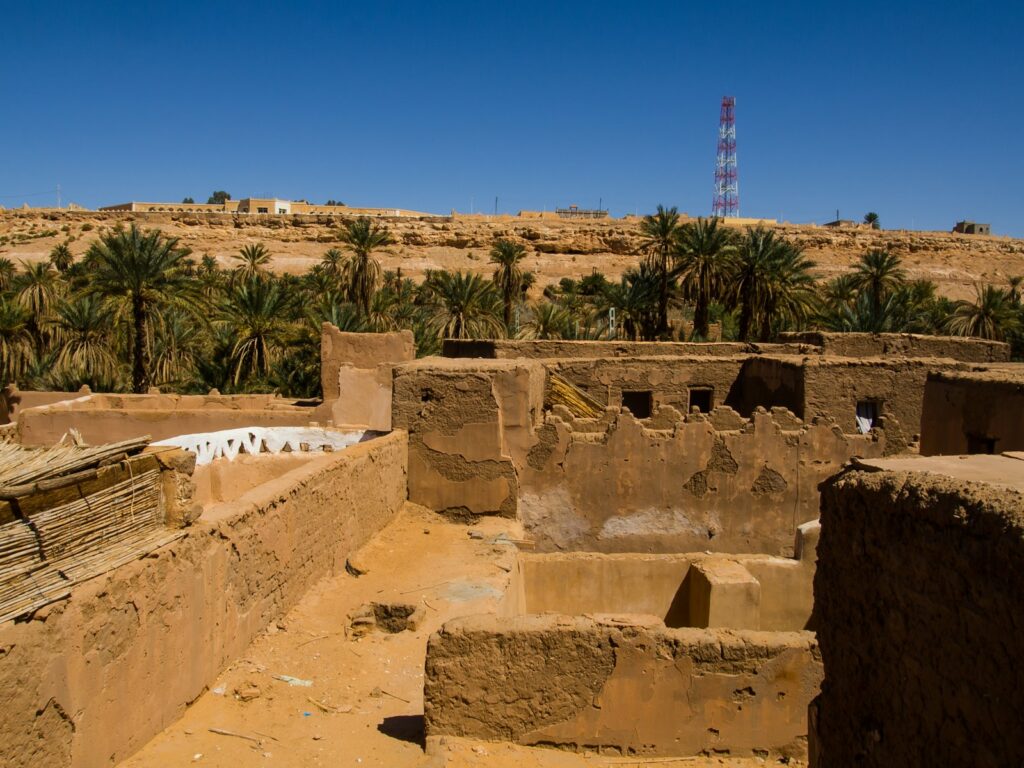
13. **Ancient Christian Settlements of Egypt’s Western Desert: Echoes of Faith in the Sands**Our deep dive into ancient civilizations concludes with a journey to the intriguing ancient Christian settlements of Egypt’s Western Desert, a profound testament to the enduring human spirit and the spread of new beliefs. Recently, the Egyptian Ministry of Tourism and Antiquities announced the remarkable discovery of two churches, each over 1,500 years old, offering rare and vital evidence of Christianity’s significant rise in this previously less-understood region of the country. This find, uncovered at Kharga Oasis, a site roughly 350 miles southwest of Cairo, illuminates a crucial period of religious transition.
Kharga Oasis itself is an ancient settlement, its continuous habitation since antiquity made possible by vital underground water sources, and it has long been known for its notable ancient Christian remains, including cemeteries and other churches. The most recent excavations have brought to light the remains of an entire mudbrick settlement, revealing multiple residential buildings where some walls still retain their original plaster. Alongside these domestic structures, archaeologists unearthed practical elements of daily life, such as ovens and large clay jars set into the ground for food storage, painting a vivid picture of communal living. Further finds included inscribed pottery shards, vessels, glass, stone pieces, and several human burials, each contributing to a richer understanding of this ancient community.
The centerpiece of this excavation, however, was undoubtedly the discovery of the two churches, both dating back to the early Coptic era, Egypt’s Christianization period, which began in the 4th century A.D. One of these structures was identified as a grand basilica, built of mudbrick, featuring the remnants of a large hall and two distinct aisles, indicating a substantial place of worship. The second church, though smaller in scale, had a clear rectangular layout and was remarkably surrounded by the remains of seven external columns. Some of its inner walls still proudly bore Coptic inscriptions, offering direct linguistic and spiritual insights, with service buildings also found to the west of this more modest sanctuary.
Beyond the architectural marvels, archaeologists also uncovered a truly remarkable mural: a rare depiction of Jesus Christ healing a sick person. This finding is exceptionally significant, as such portrayals were uncommon during this early period of Christian art, providing a unique insight into the theological focus and artistic conventions of the time. The site, therefore, serves as a poignant illustration of the area’s historical transition from paganism to the burgeoning faith of Christianity, marking a pivotal shift in the spiritual landscape.
This extraordinary discovery sheds crucial light on a significant era in the history of the Kharga Oasis, specifically the nascent beginnings of the Coptic period in Egypt. It powerfully reflects the importance of Egypt’s Western Oases as vibrant centers of religious and social life across different historical epochs. Ultimately, these unearthed settlements stand as a testament to the tolerance and the rich cultural and religious diversity that have consistently characterized Egyptian civilization throughout its long and storied past, reminding us of the intricate tapestry of human belief and community.




